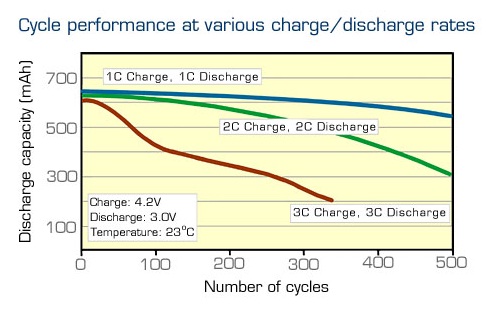Warranty
For warranty or product returns, please follow the instructions below:
- Log in to your account: Log in by clicking here
- Click on "Account Details" at the top
- View your Purchase History, (Shown by Order Date and Order No:)
- Click on "Raise RMA" next to the order/product you wish to return, fill out the RMA details and click Submit.
(Note: Please follow all instructions provided on the RMA page. Responses to information provided will be given once the unit has been received.)
Note: Products with physical damage are not covered under warranty.
Customer Support:
Our Customer Support Centre personnel will attempt to help with any problem involving products sold by the Company. However, the Support Centre personnel may not be able to resolve every given problem.
The Support Centre may be reached by email between 9.00 am and 5.00 pm (E.S.T) Monday to Friday (except public holidays). Faulty products will be given an RMA number for and will be replaced/repaired. Once the RMA is obtained customers are required to return their faulty products to the following address along with the RMA with ten (10) days.
Returns Address:
Laptop Plus
308 Pulteney Street
Adelaide, South Australia, 5000
*** All our products carry a 12 month comprehensive warranty ***

All our products are manufactured to meet all Australian standards.
Approval # NSW13491 and # NSW24817
Consideration Note:
All batteries sold from this website are Li-ion (Lithium Ion) rechargeable batteries. The safe and effective use of Li-ion battery packs requires consideration of their electrical and thermal characteristics, Li-ion batteries have limited charging life cycles of 200-300 (charge cycle is the times that a battery charge and discharge).
Longevity of high-power lithium-ion:
Generally speaking, batteries live longer if treated in a gentle manner. High charge voltages, excessive charge rate and extreme load conditions will have a negative effect and shorten the battery life. This also applies to high current rate lithium-ion batteries. Not only is it better to charge lithium-ion battery at a slower charge rate, high discharge rates also contribute the extra wear and tear. Figure 3 shows the cycle life as a function of charge and discharge rates. Observe the good laboratory performance if the battery is charged and discharged at 1C. (A 0.5C charge and discharge would further improve this rating.)
|
|
Figure 3: Longevity of lithium-ion as a function of charge and discharge rates. |
Battery experts agree that the life of lithium-ion depends on other factors than charge and discharge rates. Even though incremental improvements can be achieved with careful use of the battery, our environment and the services required are not always conducive to achieve optimal battery life. The longevity of a battery is often a direct result of the environmental stresses applied. Therefore it is normal for a rechargeable lithium Ion battery to lose its original charging capacity after a period of time and usage.
Simple Guidelines:
Avoid frequent full discharges because this puts additional strain on the battery. Several partial discharges with frequent recharges are better for lithium-ion than one deep one. Recharging a partially charged lithium-ion does not cause harm because there is no memory. (In this respect, lithium-ion differs from nickel-based batteries.) Short battery life in a laptop is mainly cause by heat rather than charge / discharge patterns.
Batteries with fuel gauge (laptops) should be calibrated by applying a deliberate full discharge once every 30 charges. Running the pack down in the equipment does this. If ignored, the fuel gauge will become increasingly less accurate and in some cases cut off the device prematurely.
Keep the lithium-ion battery cool. Avoid a hot car. For prolonged storage, keep the battery at a 40% charge level.
Consider removing the battery from a laptop when running on fixed power. (Some laptop manufacturers are concerned about dust and moisture accumulating inside the battery casing.)
Avoid purchasing spare lithium-ion batteries for later use. Observe manufacturing dates. Do not buy old stock, even if sold at clearance prices.
If you have a spare lithium-ion battery, use one to the fullest and keep the other cool by placing it in the refrigerator. Do not freeze the battery. For best results, store the battery at 40% state-of-charge.
For more information on protecting and maintaining your batteries and ac adapters, visit our blog or power tips page.


